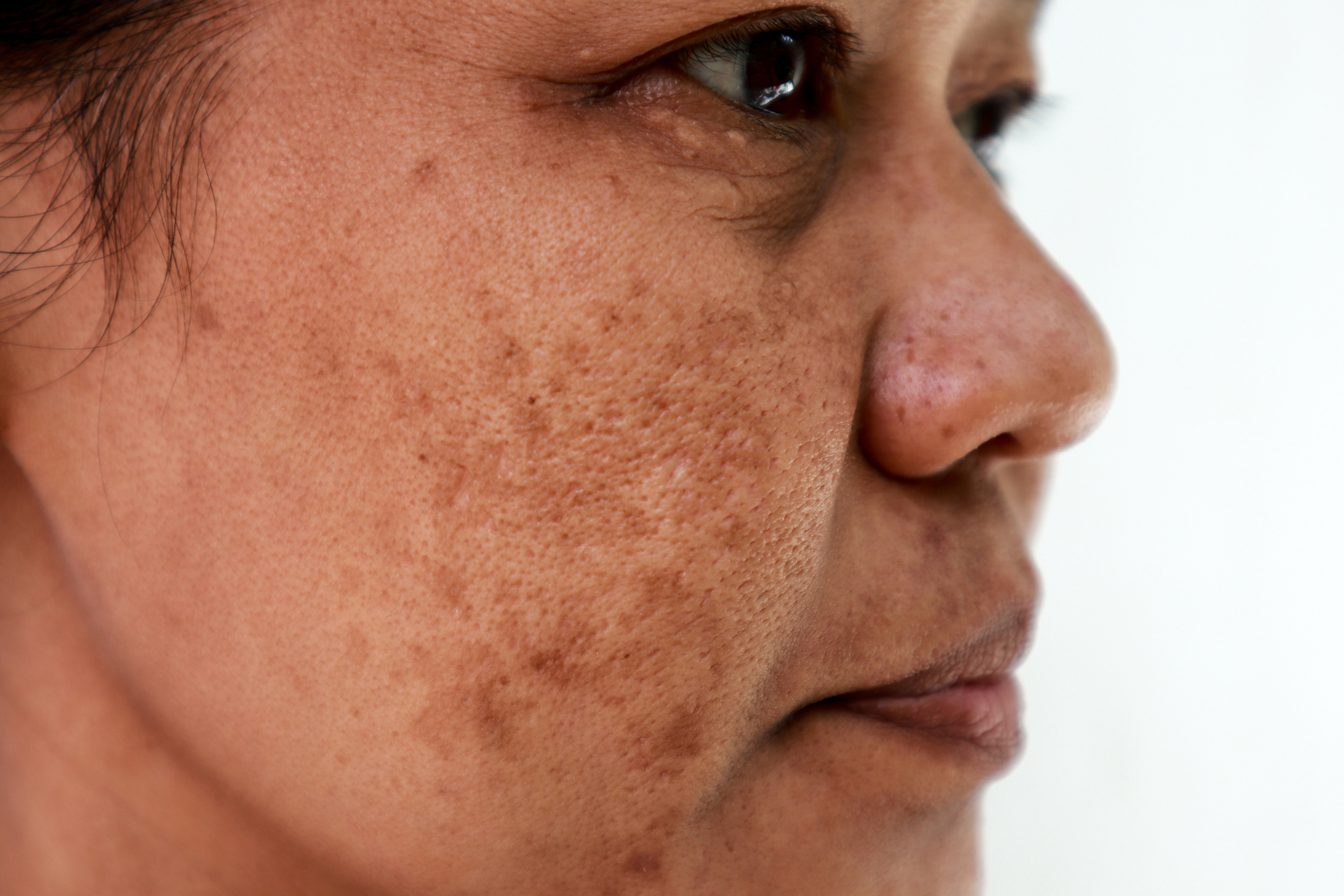Methods to Treat Hyperpigmentation
Treating Hyperpigmentation: Effective Methods for Radiant Skin!
Hyperpigmentation, the darkening of patches on the skin, can be a bothersome condition that affects people of all ages and skin types. Whether it's caused by sun damage, hormonal changes, acne scars, or other factors, there are various methods available to help lighten and even out the skin tone. In this post, we'll explore some of the most effective treatments for hyperpigmentation, so you can regain your confidence and achieve a radiant complexion.
Topical Treatments:
One of the most common approaches to treating hyperpigmentation is the use of topical creams and serums. These products often contain ingredients such as hydroquinone, kojic acid, retinoids, azelaic acid, and vitamin C, which help to inhibit melanin production, fade dark spots, and promote skin cell turnover. When using topical treatments, it's essential to follow the instructions provided and be consistent with the application to achieve the best results.
Chemical Peels:
Chemical peels involve the application of a chemical solution to the skin, which causes controlled exfoliation and peeling. This process helps remove the outer layer of skin, revealing fresher and more evenly pigmented skin underneath. Chemical peels can be superficial, medium, or deep, depending on the concentration and type of solution used. They can effectively reduce hyperpigmentation, improve skin texture, and stimulate collagen production.
Laser Therapy:
Laser treatments have gained popularity for their ability to target specific pigmented areas of the skin. The laser emits intense pulses of light that are absorbed by the melanin, breaking it down into smaller particles that are naturally eliminated by the body. Different laser technologies, such as Q-switched lasers or fractional lasers, can be used depending on the type and severity of hyperpigmentation. Laser therapy can yield significant improvements in skin tone and texture, but multiple sessions may be required for optimal results.
Microdermabrasion:
Microdermabrasion is a non-invasive procedure that involves exfoliating the skin's outermost layer using a device with fine crystals or a diamond-tipped wand. This gentle abrasion helps to remove dead skin cells and promote cell turnover, revealing brighter and more even-toned skin. While microdermabrasion is not specifically designed to treat hyperpigmentation, it can be used in combination with other treatments to enhance its effectiveness.
Intense Pulsed Light (IPL) Therapy:
IPL therapy utilises pulses of broad-spectrum light to target melanin in the skin. The light energy is absorbed by the pigmented areas, causing the melanin to break down and fade over time. IPL is commonly used to treat sunspots, freckles, and other forms of hyperpigmentation. This treatment is generally safe and requires minimal downtime, but multiple sessions may be necessary to achieve desired results. Always go to a qualified professional with proven results. Ask for images of their work if you must!
Natural Remedies:
In addition to medical treatments, there are several natural remedies that may help lighten hyperpigmentation. These include applying lemon juice, aloe vera, green tea extract, turmeric, or apple cider vinegar to the affected areas. While these remedies may have some effect, it's important to note that results can vary, and it's advisable to consult a dermatologist before attempting them.
By incorporating the following steps into your daily regimen, you can effectively address hyperpigmentation and unveil radiant skin.
Step 1: Cleansing
Start your routine by cleansing your face with a gentle cleanser suitable for your skin type. Look for cleansers with ingredients like glycolic acid, salicylic acid, or kojic acid, known for their brightening and exfoliating properties. Gently massage the cleanser onto damp skin, then rinse thoroughly with lukewarm water.
Step 2: Exfoliation
Exfoliation is essential for removing dead skin cells and encouraging cell turnover. Incorporate a chemical exfoliant into your routine 2-3 times a week. Look for products containing AHAs (alpha hydroxy acids) such as glycolic acid or lactic acid, or BHAs (beta hydroxy acids) like salicylic acid. These ingredients help fade hyperpigmentation and reveal a more even skin tone.
Step 3: Treatment
Apply a targeted hyperpigmentation treatment to address the affected areas. Look for products containing ingredients like hydroquinone, vitamin C, niacinamide, retinol, or azelaic acid. These ingredients help inhibit melanin production, lighten dark spots, and promote skin renewal. Follow the instructions provided and be consistent in your application.
Step 4: Moisturisation
Hydrating your skin is crucial for maintaining its health and promoting a smooth complexion. Opt for a moisturiser that is lightweight, non-comedogenic, and contains skin-brightening ingredients like vitamin C or niacinamide. Massage the moisturiser onto your face and neck using gentle upward strokes.
Step 5: Sun Protection
Sunscreen is a non-negotiable step in your skincare routine, especially when dealing with hyperpigmentation. Choose a broad-spectrum sunscreen with a high SPF (at least 30) and apply it generously to your face and any exposed areas of your body. Reapply throughout the day, especially when spending extended periods in the sun.
Additional Tips
Consider incorporating a brightening serum or spot treatment into your routine for targeted care, consider the ingredients mentioned above in the topical treatments section
Don’t forget the under eyes. Use cream to address hyperpigmentation around the eye area.
Maintain a healthy lifestyle with a balanced diet, regular exercise, and sufficient sleep to support overall skin health.
Be patient and consistent with your routine. Hyperpigmentation takes time to fade, so stick to your regimen for optimal results.
Remember, hyperpigmentation treatments may not yield immediate results, and patience is key. It's crucial to protect your skin from further sun damage by wearing broad-spectrum sunscreen daily and avoiding excessive sun exposure. To determine the most suitable treatment for your specific skin type and condition, it's recommended to consult with a dermatologist or skincare professional who can provide personalized advice and guidance.
Embrace the journey to healthier, more radiant skin, and let the methods mentioned above pave the way to a brighter future, free from the clusters of hyperpigmentation!
Have you got any routines or products you swear by? Share them in the comments!





